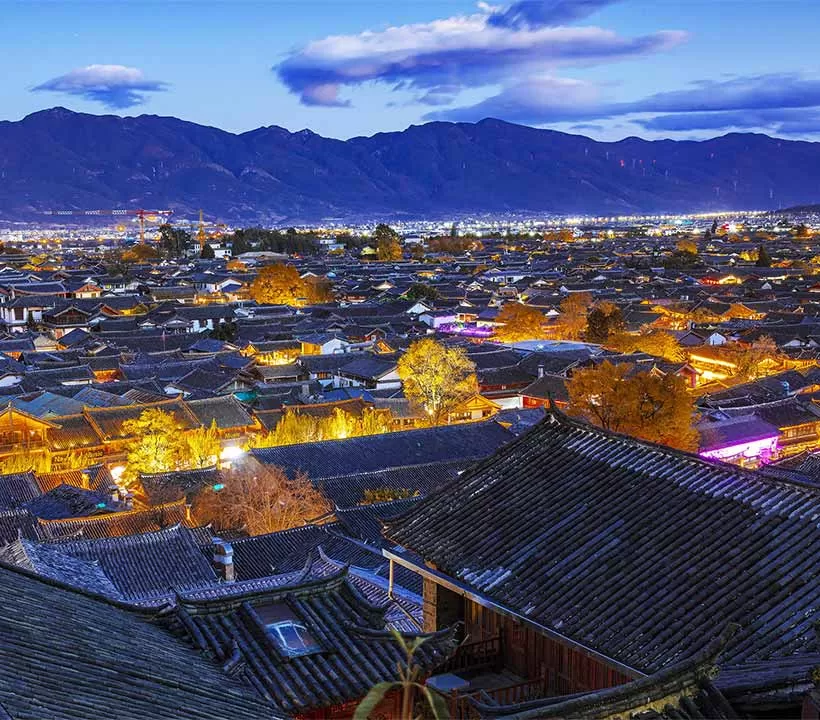Lijiang Tours
Lijiang has been listed in the World Cultural Heritages by UNESCO in 1997. There are so many sights and cultural activities to experience. Amongst all the scenic spots, Mufu is a must-see. Besides, there are still some places that will never fail to attract your eyes. When it comes to natural scenery, Jade Dragon Snow Mountain depicts a majestic backdrop to the Moon-Embracing Pavilion at Black Dragon Pond. Moreover, some boutique hotels such as Banyang Tree and Pullman Resort will offer you a most luxury and leisure time. As for the local lifestyle, various festivals will expose you to a wondrous world that is swimming with ethnic flavors. Wherever you go, you will find a harmonious combination of tradition and fashion in Lijiang. Let's customize you a Luxury Lijiang Tours.
Our travel expert will reply you in 24 working hours!
GREAT FAMILY CHINA TOUR
JULY 2024 We wanted to thank Grace at China Culture tour for organizing a great tour of China. We enjoyed our Beijing - Xian-Chengdu -Guilin -Yangshuo - Shanghai trip. Our local guides Bruce in Beijing, Susan in Xian, Jane in Chengdu, Mike in Guilin and Mary in Shanghai took care of us…read more details »
Teng Han L from SINGAPORE
Ready to Create a Unique Dream Travel?

